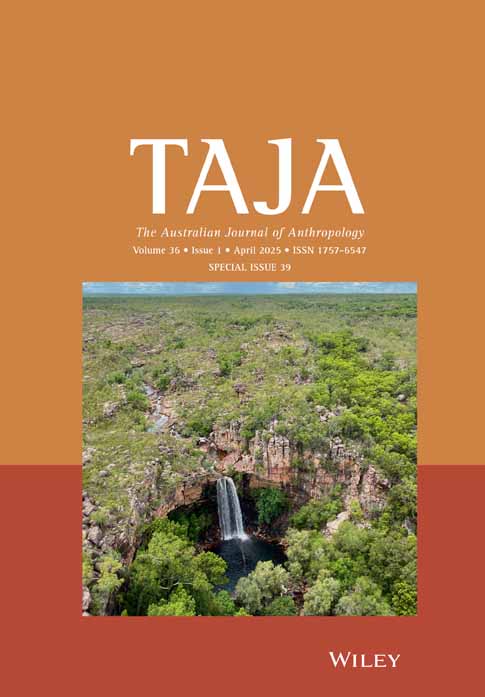Re-embodying Sand Drawing and Re-evaluating the Status of the Camp: The Practice and Iconography of Women's Public Sand Drawing in Balgo, W.A.
Abstract
The documentation of Aboriginal women's sand-drawing practice in Central Australia has to date been based largely on Munn's research amongst the Warlpiri at Yuendumu. Data from Kutjungka women from the Balgo area of Western Australia show that there are marked geographic differences in the styles of public sand drawing used by women from the two areas, as well as differences in gender coding between the two systems. The account of Balgo women's public sand drawing presented here uses methodologies grounded in recent developments in phenomenology, practice theory and embodiment theory, to examine layers of meaning encoded in this everyday practice. It suggests that women's public sand drawing in this area is linked to Kutjungka thought about the Dreaming, through webs of thought about the significance of penetrating the surface of the land, in some ways foreshadowing aspects of the women's ceremonial practices. This account suggests that the relationship between male and female ‘graphic’ systems may be more accurately described as dialogical than dichotomous.




